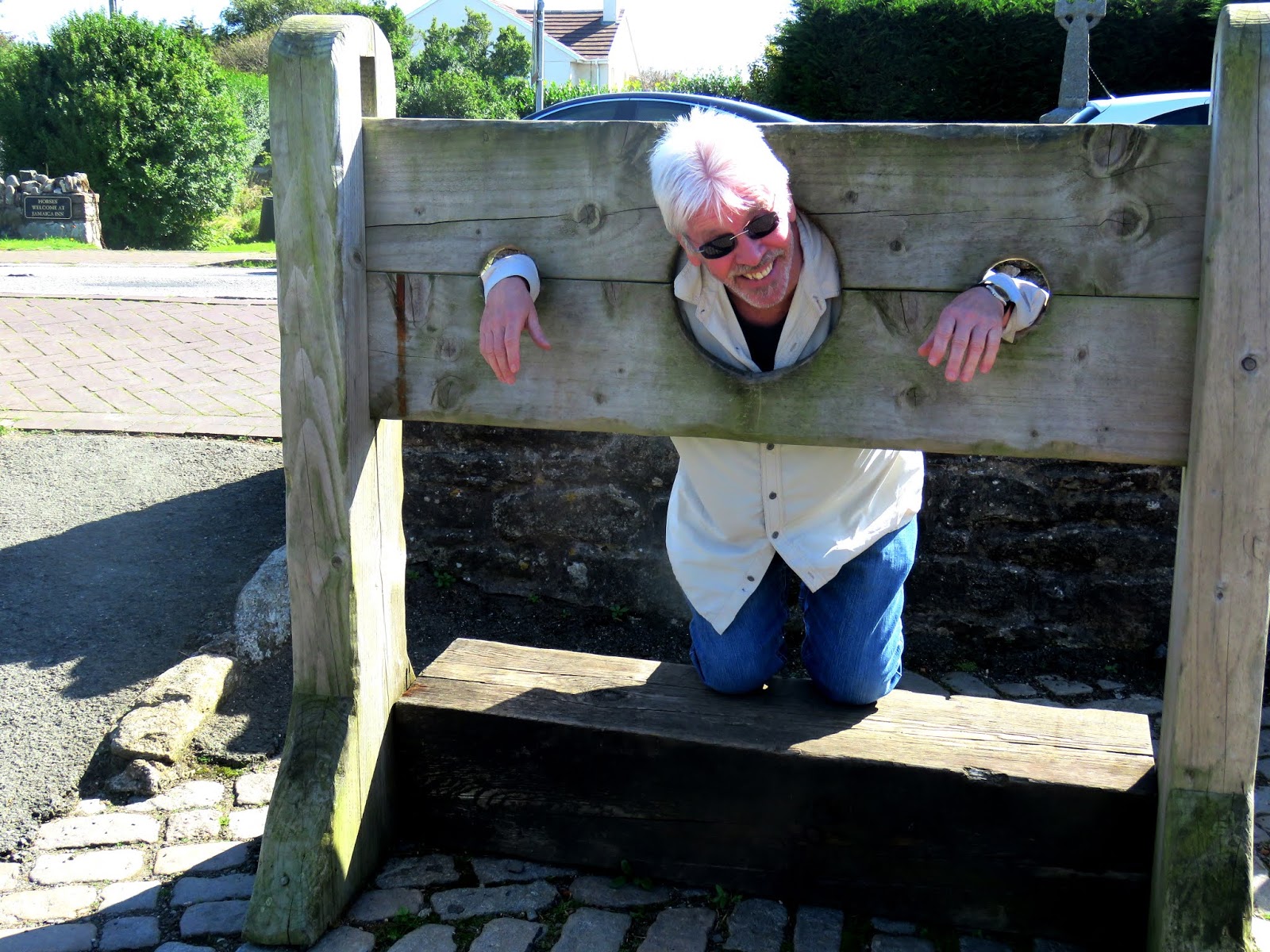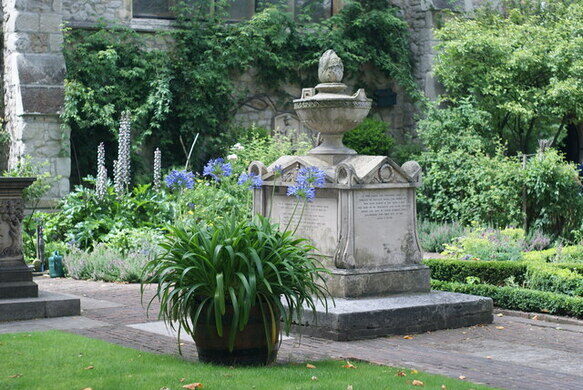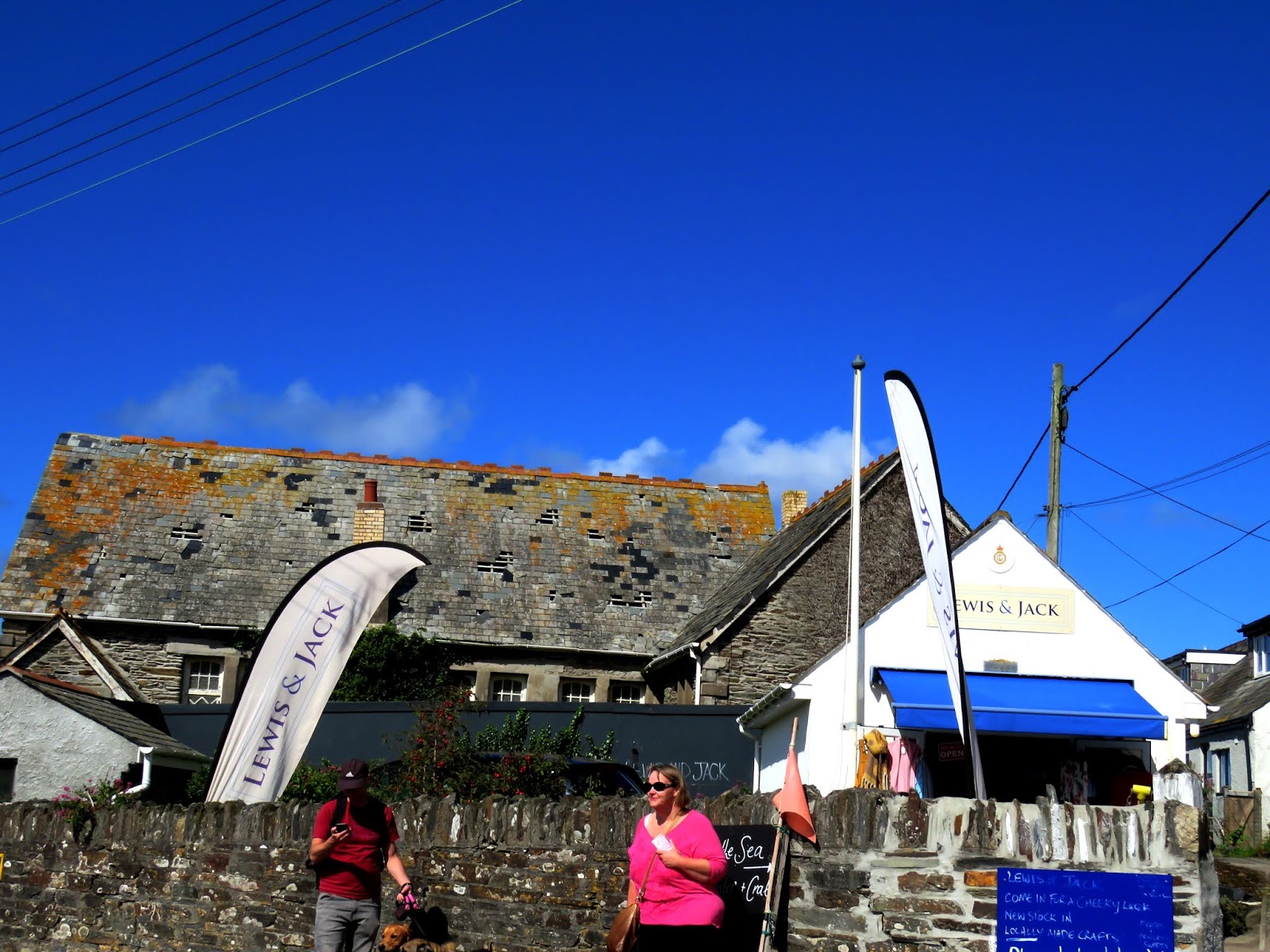 |
| The Daphne du Maurier room is on display at the Smugglers Museum at the Jamaica Inn & Restaurant site. |
Fascinating Fact of the Day Bodmin Moor, Cornwall:
“Bodmin Moor, one of Cornwall’s designated Areas of Outstanding Natural Beauty, is a remote, bleak heather-covered upland granite moorland still grazed by moorland ponies and bisected by the main A30 road.”
 |
|
An under-glass display of Daphne du Maurier’s many novels. From this site: “Dame Daphne du Maurier, Lady Browning, DBE was an English author and playwright. Although she is classed as a romantic novelist, her stories have been described as “moody and resonant” with overtones of the paranormal.”
|
 |
| The Farm Shop at Jamaica Inn and Restaurant. |
 |
| Locally grown fruits and vegetables. |
 |
| Locally raised grass-fed meats. |
You know how frustrating it is to get lost when using Maps with the voice continually saving, “Signal lost,” or in a more frustrating tone, “Make a legal u-turn,” when a u-turn isn’t necessary. We’d saved the directions on my phone, but with so many unmarked narrow roads, it was easy to miss a turn.
 |
| A wide array of English wines, liqueurs, and liquors. |
Tom, the sound driver, stayed calm and drove cautiously around the endless array of single-lane roads and quickly adapted to direction changes. I appreciated his calm when I was repeatedly trying to get a signal to keep him on the right track. We both persevered.
 |
| Antique English porcelain figurines. |
As mentioned above, with poor planning, we missed a lot and ended up seeing very little as compared to what we could have seen in one afternoon. At the same time, we had lunch at the popular Jamaica Inn Restaurant, including museums and shops. Located in Bolventor, Launceston, we did our best to decide what appealed to us the most while enjoying the scenic drive. We opted for Tamar Otter & Wildlife Centre located in North Petherwin, Launceston, Cornwall.
 |
| These pipes were used in England for smoking cocaine and other drugs in the 1920s and 1930s. |
 |
| Women and men’s historical pieces are displayed in the glass cabinet. |
After over two years in Africa, we love what wildlife is all about and…their freedom in the savannah, and we have a hard time enjoying zoos where animals are confined. It breaks our hearts to see them in pens and cages, unable to live the life they are meant to live.
 |
| Representation of certain characters from the 1700s. |
There is an open and wild area where many birds, deer, and oddly, wallaby’s life. We agree that such a facility benefits those who may never have an opportunity to see animals in the wild, which is probably the majority of the population in many countries.
 |
| Articles of shoes and clothing from the 1700 and 1800s. |
 |
| The front garden of the Jamaica Restaurant and Inn where visitors languished over beer and other beverages. |
As mentioned above, before we visited the wildlife center, we stopped for lunch at the Jamaica Inn Restaurant, we took advantage of the many sites to see right on the property, such as the Smuggler’s Museum, the Farm Shop. The well-known Daphne du Maurier room was which packed with fascinating period pieces reminding me of her many popular books, some of which I’d read years ago.
 |
| Tom wasn’t comfortable in this position for long. From this site: “The pillory is a device made of a wooden or metal framework erected on a post, with holes for securing the head and hands, formerly used for punishment by public humiliation and often further physical abuse.” |
 |
| Traditional red phone booths found in the UK. There are currently 5,023 red phone boxes, or kiosks as they’re officially known, up for grabs across the UK, including 970 in the South West, 741 in Scotland, 555 in London, and 419 in Wales. |
 |
| A yellow-billed heron was sitting atop the back of a hippo at Sunset Dam in Kruger National Park. For more photos, please click here. |






















































































